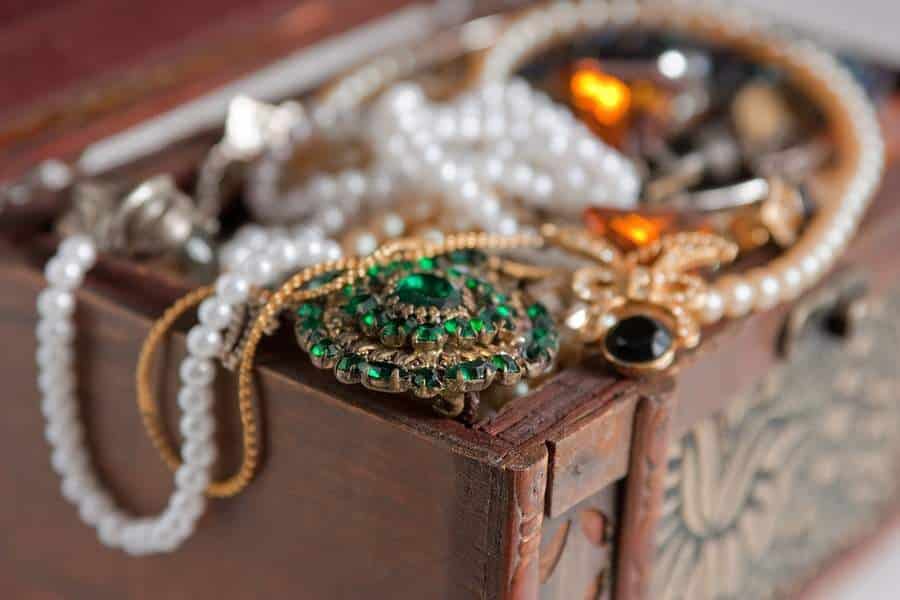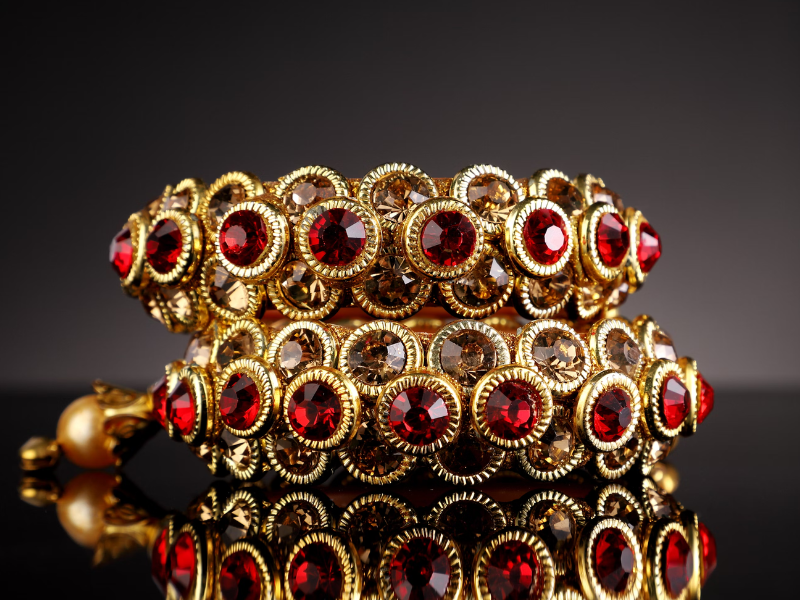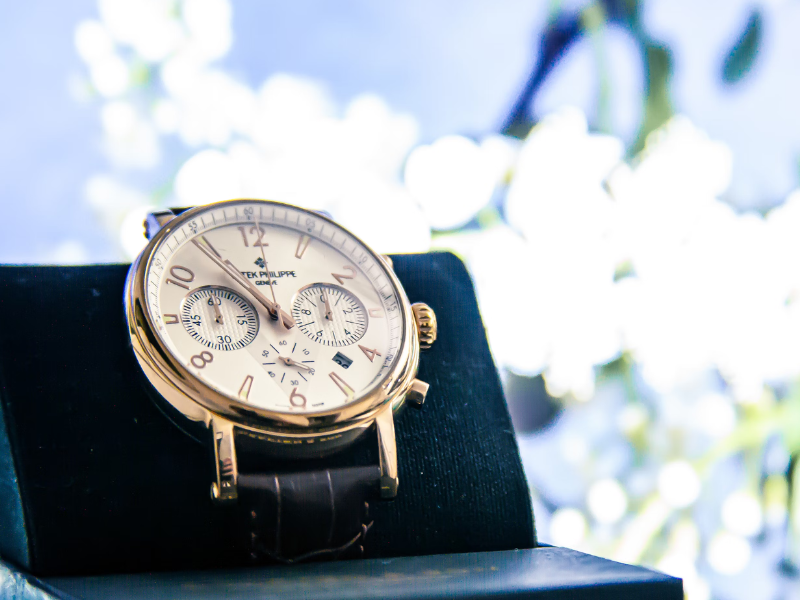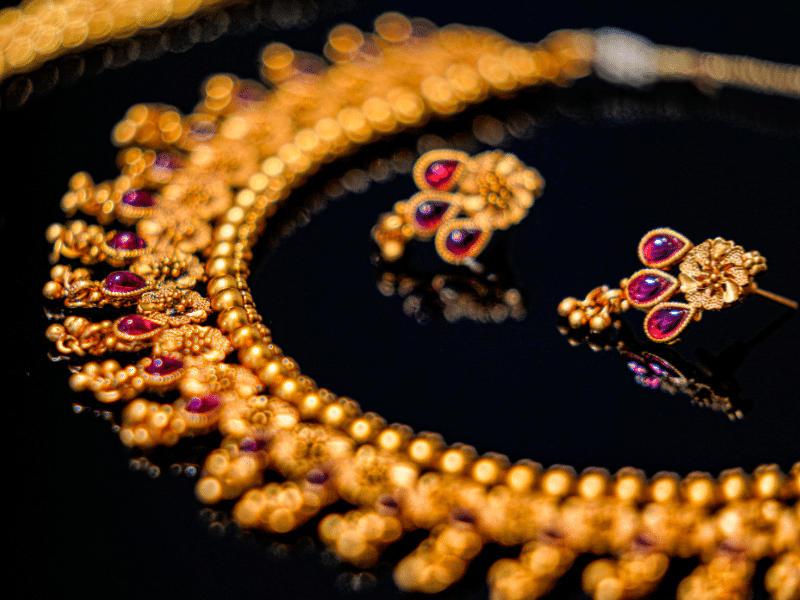For many jewelry buyers and sellers, estate jewelry is always a must-see. From vintage to antique pieces, as well as a plethora of different gemstones and metals, you’re guaranteed to find something you like. But what exactly is estate, vintage, and antique jewelry, and are they the same thing? Here’s everything you need to know about vintage, antique, and estate jewelry. Follow along with Joshua Kodner!
The Term “Estate” Can Be Broad
To clear the air, it’s best to explain what estate jewelry is. Contrary to popular belief, estate jewelry isn’t just jewels and necklaces sold at estate sales; in fact, any jewelry that has previously had an owner is estate jewelry. That includes second-hand jewelry from online vendors, thrift stores, and auction houses.
It’s important to know that estate jewelry can be of any age, style, or kind—there are no limitations whatsoever. Just as long as it has been previously owned, it’s estate jewelry. This allows for a wide range of selection and variety for estate jewelry to be available.
Related Post: A Guide to Tiffany & Co. Jewelry
Vintage Isn’t As Old As You Think
Vintage jewelry is a bit different. While all vintage pieces are considered estate jewelry, not all estate jewelry is considered vintage. Although the classification varies from jeweler to jeweler, the general consensus is any jewelry that is at least over a generation old. That means that jewelry from the 1990s as well as the 1950s can both be considered vintage.
Another distinction about vintage is their use and wear, in comparison to other types of jewelry. Vintage items are always used and worn instead of just being put away and untouched. Vintage jewelry is almost always somewhat in style and can easily be incorporated into statement pieces. Craftsmanship isn’t a factor in vintage labeling.
Related Post: How to Treat Your Antique Jewelry
Antiques Have Been Around
The term for antique jewelry is a bit more straightforward than vintage. If it’s over 100 years old, it’s an antique. Most of the time, antique jewelry is beautifully made by expert craftsmanship, with quality metals and stones. Because of the rarity of the piece, this makes antique jewelry not ideal to wear out or displayed.
It can become damaged, lost, or stolen if not taken care of or displayed correctly. Many antique pieces include heirlooms and precious gemstones that wouldn’t do well if worn consistently and require specific care. These pieces are rare because they are one of a kind—they must be treated the same.
Related Post: How to Handle Your First Auction
Estate Jewelry Has Its Perks—Trust Me
In addition to being stunning, there are great benefits for buying estate jewelry over brand-new pieces. One of these perks is good prices for what you’re getting. A lot of estate jewelry is vintage or antique and made of precious gemstones and valuable metals, yet, despite their
value, many of these pieces are sold under their value simply because they had a previous owner. In addition to good deals, purchasing estate jewelry is environmentally friendly and more ethical since estate jewelry doesn’t require stone mining and leaves behind no waste.
No need to worry about unwanted necklaces and bracelets when they can be reused! It’s also good to remember that estate jewelry pieces have a history — this means that you can count on your jewelry to last and remain durable for more years to come while maintaining that craftmanship.
Purchasing The Right Estate Jewelry For You
When it comes to buying estate jewelry (or even vintage or antique), it’s important to go to someone you can trust to ensure everything you buy is genuine, durable, and made to last. Auction houses like Joshua Kodner understand that not all estate jewelry is made the same and believe in transparency and authenticity. With an expertly trained staff of gemologists and appraisers and a dedication to the industry, you can trust Joshua Kodner to provide the best estate jewelry auction available. For any questions, or to browse our selection, please visit our website. For the latest news and trends, be sure to check out the Joshua Kodner blog each month.





